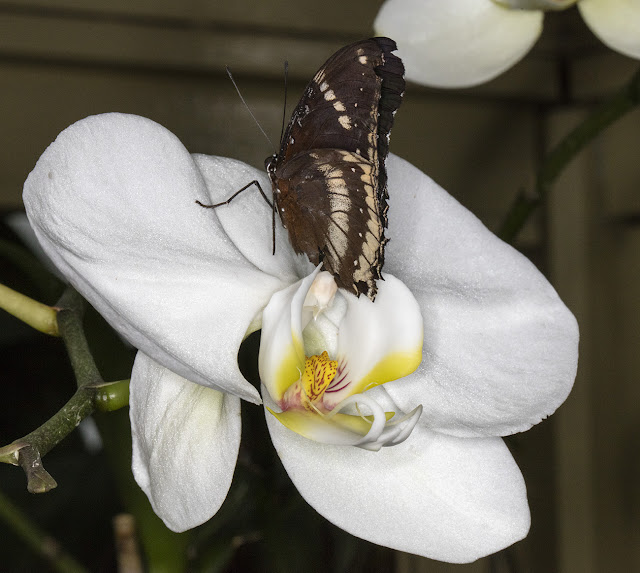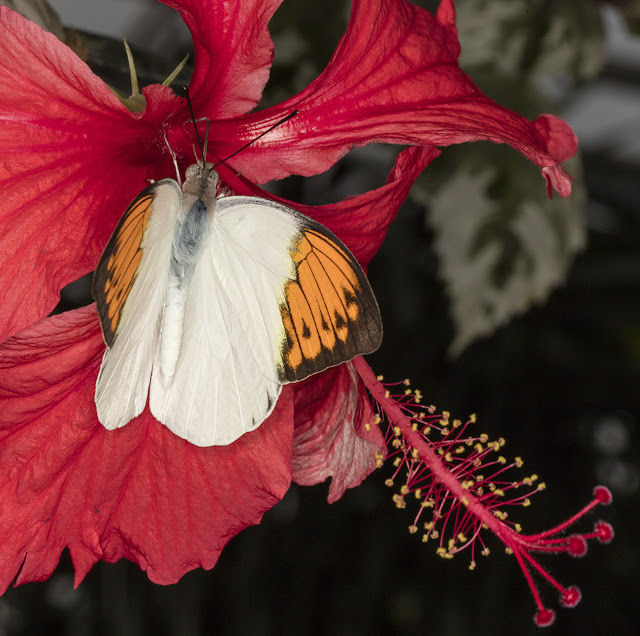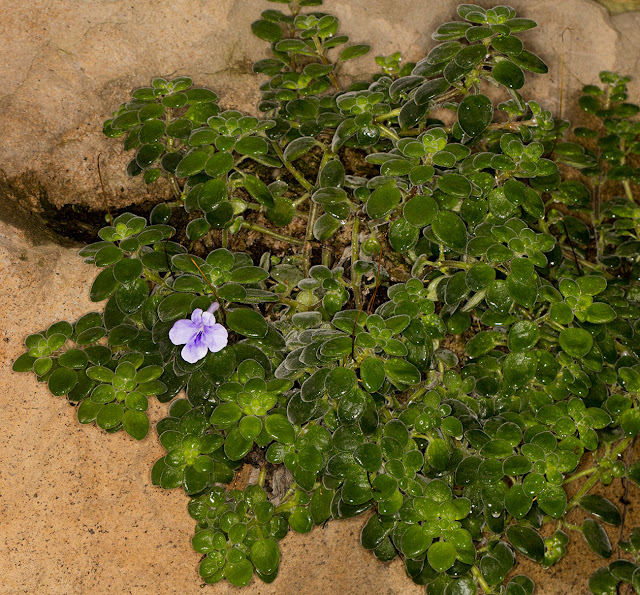 |
| Fly, family Muscidae. In my light trap in Hayes on 25 August 2015 |
Some flies from my garden light trap. I'm not that good at identifying flies, but this one looks to me like something from the family Muscidae. They look a lot more bristly and unapproachable in closeup than when they are flying around, not that you'd probably want to approach them too closely anyway.
In this photo you can see one of the halteres quite clearly. It's the yellow projection just under the root of the wing. Flies have only one pair of wings (whereas wasps and bees have two), and in place of the second pair are these counterweights on the end of stalks, which vibrate in such a way as to offset the movement of the wings and thus smooth out the creature's flight.
 |
| Cranely, family Tipulidae. In my light trap in Hayes on 5 October 2015 |
Craneflies have big long wings that need big long stalks on their halteres to make them an effective counterbalance.
 |
| Hoverfly, Syrphus vitripennis. In my light trap in Hayes on 15 September 2015 |
However much a hoverfly might look like a wasp or a bee, those stripes are all bluff. If you can see the halteres you know it's a fly, and flies don't sting. (But some of them will try to suck your blood, which is nearly as bad. Hoverflies do not do this.)
 |
| Broad Centurion, Chloromyia formosa. In my light trap in Hayes on 18 June 2015. |
Here are two quite pretty iridescent green flies. Like many shiny insects, they are actually quite hairy when seen close to. Soldier flies probably got their common name from this shiny appearance. It could not be from their behaviour. They feed on nectar and are often rather inactive.
 |
| Soldier Fly, probably Dull Four-spined Legionnaire, Chorisops tibialis. In my light trap in Hayes on 18 June 2015. |
This second one has four spines radiating from the back of the plate over its thorax. There are two very similar species and it's pretty much a guess on my part which one this is.
Finally ..
 |
| Flat-footed Fly, Opetia nigra. Female. In my garden light trap in Hayes on 13 August 2015 |
Much to my surprise, this photo caused something of a stir among fly experts. I was informed that there is only one other photo of a living female specimen on the web (though now there is more than one of this particular specimen). So now I'm glad I took this shot, which was just an offhand one-handed snap of a fly sitting on the light bar of my trap as I picked it up in the morning, to get at the moths inside. I will watch out for more of these next year!
Although it's called a Flat-footed Fly, when I looked it up I found that it is the only member of its genus which does not actually have flat feet.






















